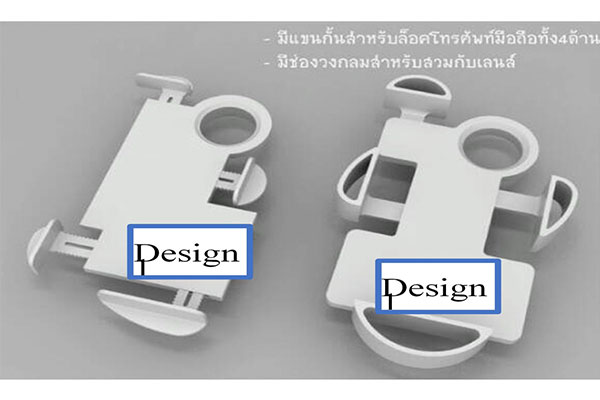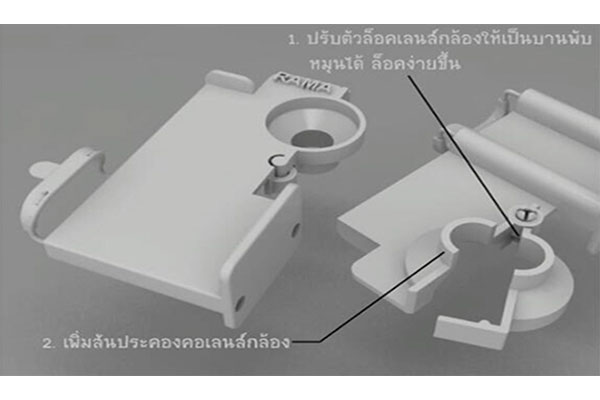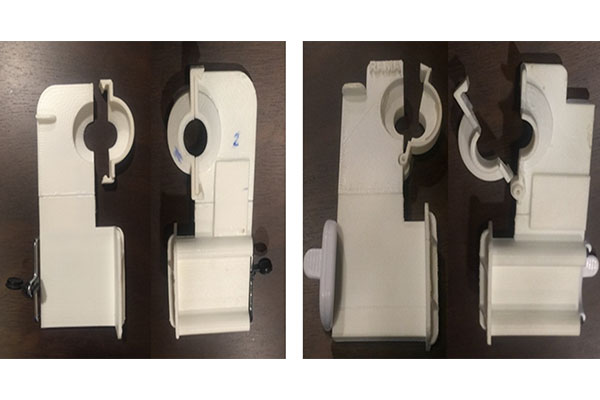Quality of Images Obtain from a Novel Smartphone – based Nasal Endoscope Recorder and Conventional Nasal Endoscope Recorder
Faculty of Medicine Ramathibodi Hospital, Mahidol University

Quality of Images Obtain from a Novel Smartphone – based Nasal Endoscope Recorder and Conventional Nasal Endoscope Recorder
Faculty of Medicine Ramathibodi Hospital, Mahidol University
Project Title:
Quality of Images Obtain from a Novel Smartphone – based Nasal Endoscope Recorder and Conventional Nasal Endoscope Recorder
Research Title:
Quality of Images Obtain from a Novel Smartphone – based Nasal Endoscope Recorder and Conventional Nasal Endoscope Recorder
Researcher (s):
Narinthorn Saksriyuttana, M.D. (Department of Otolaryngology, Faculty of Medicine Ramathibodi Hospital)
Asst.Prof.Thongchai Bhongmakapat, M.D. (Department of Otolaryngology, Faculty of Medicine Ramathibodi Hospital)
Pawin Numthawaj, M.D. Ph.D. (Section for Clinical Epidemiology and Biostatistics, Faculty of Medicine Ramathibodi Hospital)
Background Nasal endoscopy is widely used in the diagnosis and investigation of a variety of paranasal diseases. Computer-based nasal endoscope is often used to record images capture by the nasal endoscope. However, the instrument is relatively expensive and large therefore limiting the mobility of users. With advances in mobile telephone technology, an endoscopic smartphone-based camera system is possible to be developed.
Objective The first phase of this study was to develop a prototype of smartphone-based nasal endoscopy recorder using a specialized adapter to connect between a smartphone and a nasal endoscope. The second phase of this study was to evaluate the quality of this smartphone-based nasal endoscope, the patient and doctors’ satisfactions, as compared to that of a conventional computer-based nasal endoscope and without using camera (eyepiece).
Methods We invented a specialized adaptor to connect the nasal endoscope and smartphone to create smartphone-based nasal endoscope. The prototype was designed and assembled utilizing 3D printing technology, which enables easy reproduction and modification. Then, we capture nasal endoscope images on fifteen patients through both computer-based nasal endoscope and smartphone-based nasal endoscope. Patients rated the pain score from both techniques. Nineteen otolaryngology staffs and residents blinded to the technique then rate the quality of thirty images from both types of nasal endoscope.
Results We found no significant difference in the patients’ pain score. Similarly, we found that the image quality ratings between smartphone-based and computer-based nasal endoscope has no statistically significant difference in all topics except illumination and brightness in which smartphone-based nasal endoscope has better scores. Staffs also rated higher satisfaction in portability and sharing-feature.
Conclusions Our finding suggests that smartphone-based nasal endoscope system has higher clinician satisfaction, especially in portability, time required to capture, and sharing feature. Image quality were comparable with conventional computer-based nasal endoscope system, which indicated that the smartphone-based nasal endoscope system may reasonably and practically be used in clinical practice.



Award Grant related to the Project:
• รางวัลผลงานวิจัยของแพทย์ประจำบ้านดีเด่น อันดับ 2 งานประชุมราชวิทยาลัยโสต ศอ นาสิกแพทย์แห่งประเทศไทย
Publishing:
• วารสารหู คอ จมูก และใบหน้า ปีที่ 19 ฉบับที่ 1 : มกราคม – มิถุนายน 2561
Key Contact Person:
Department of Otolaryngology
Faculty of Medicine Ramathibodi Hospital, Mahidol University
+66 2 201 1515

